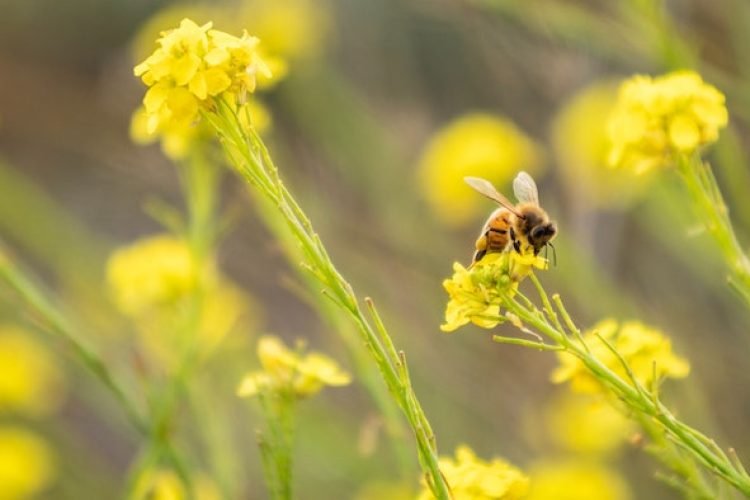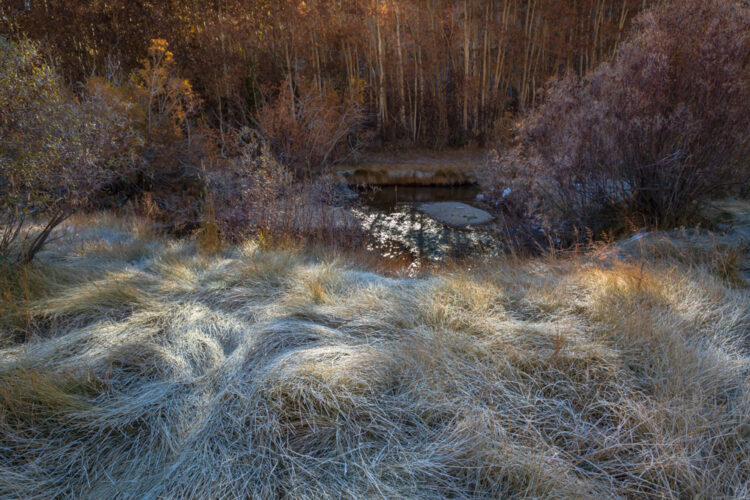Practical Permaculture Methods: Start Today!
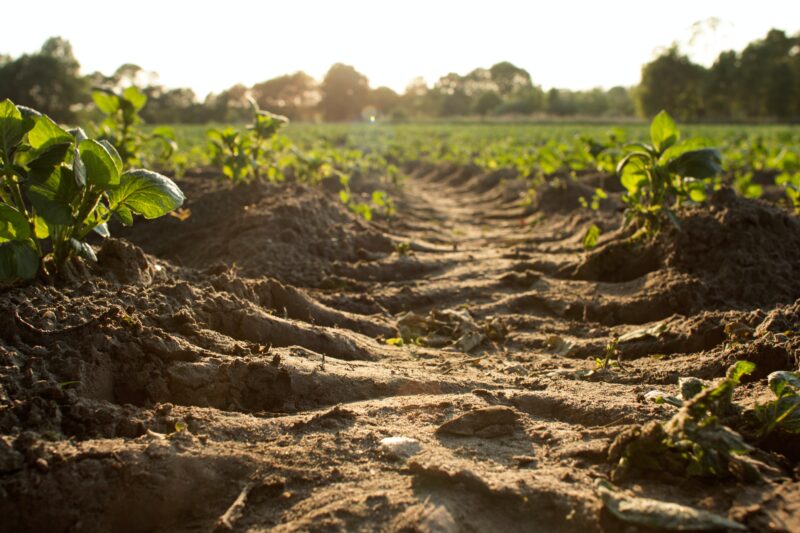
Permaculture, as much as possible, is an imitation of nature. Nature does not like bare soil; it is quickly filled up. A permaculture garden, except for paths, is filled chock-full with growing life. Soil is alive and miraculous. Rocks and organic matter decompose with the help of microscopic animals and natural processes. “A teaspoon of good pasture soil may contain a billion bacteria, a million fungi, and ten thousand amoebae” (Hemenway, p. 58).
A good gardener needs to understand their soil and make sure it receives the food that it needs. A soil test and lots of applications of organic matter, compost, or cover crops provide wealth for garden food production. Most permaculturists do not till their soil. Many of the crops are perennials. There are many vegetable perennials besides asparagus to be experimented with. The soil needs to be fed with compost and tasty mulch (not black plastic!).
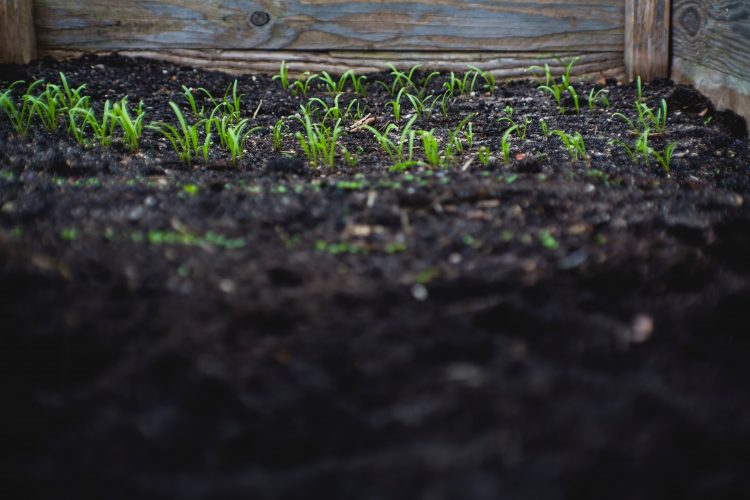
Water can be saved and directed when you want it to be with rain barrels, rain gardens, and swales, which are all ways of capturing the available water rather than taking it from the tap. Mulching and dense plantings also save water. People with more extensive land possibilities bring the greywater from their homes into their gardens.

Stacking functions is another method to link the elements in the garden. For instance, a sunflower hedge might be a good weed barrier, provide food for birds and humans, offer fall color, eventually be good mulch material, and reduce cold winter winds. It might work together with other sheltering plants or a rock wall to create a hot-tub sanctuary. “The diversity of this landscape makes it flexible and resilient. With so many inhabitants, connected by such a multitude of interactions, there are many pathways, loops, and possibilities…All gardens need to offer something for humans, thus we also tailor the flora to suit ourselves by including plants for food, income, crafts, fiber, medicine, building supplies, nursery stock, seed-saving, and just plain beauty” (Hemenway, p. 183-185).
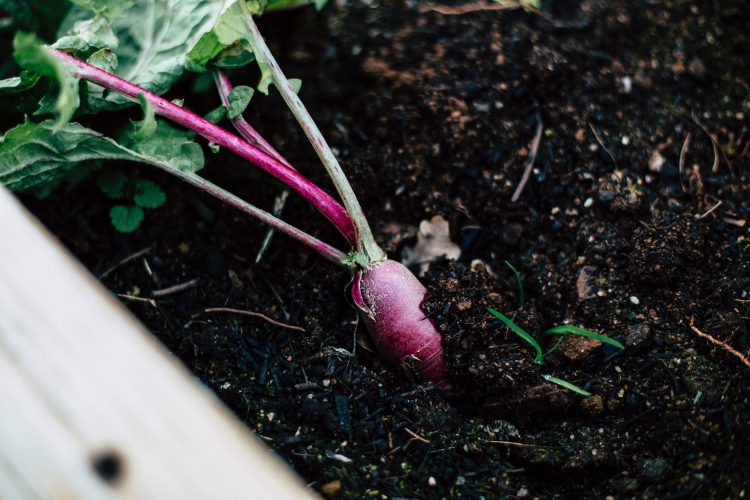
As an old woman gardener, I find that permaculture is just too enormous a subject to put into an article. I heartily recommend beginning by reading Hemenway. I used to have a front and back lawn, like most people, with borders of flowers. At one point I came across the “Food not Lawns” movement and I put out a small note to a university community, looking for a student to take up the project of changing my lawn into a food garden. Apparently, this note went around a bit and ended up at another college, being found by exactly the right person. He designed the front lawn and found a friend to make it all happen with him (including laying down 17 yards of compost). He introduced me to permaculture and to forest gardens. I found that I was getting in his way, so I decided to do the back yard myself. When we finished, we had patches of plants with large lawn paths between them. Now, 12 years later, we have large trees and bushes; a front lawn taken over by raspberries, gooseberries, and sunchoke, among some smaller offerings and fruit and nut trees, separated by narrow paths of woodchips. The back yard is a grand diverse collection of fruits, vegetables, flowers, and ground covers.

They say that permaculture gardens are less work than traditional gardens. Perhaps that is true, but they are so healthy that you constantly have to be thinning them out. For a while I was in danger of having a maple forest and still have trouble keeping my wild plums down. The story is that when Robert Hart, who invented the entire “forest garden” idea, was in his 80s, his wonderful fruit forest was overcome with brambles.
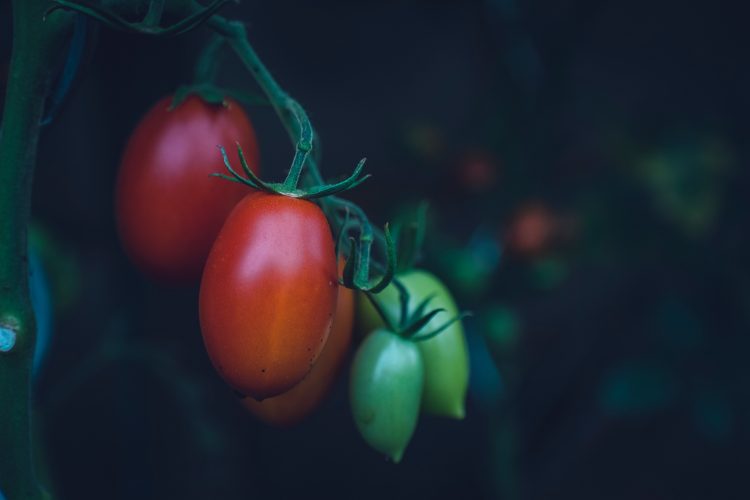
Many permaculture teachers today are giving two-week, full-time design certificates or teaching a class in a university. These are great courses. If you have such a university course in your area, you can ask the teacher to bring a class to design a plan for your Meeting House gardens, as we did at Burlington Friends in Vermont. Good luck!

![Photo by Kathy Barnhart. She writes, “Chinese Houses, California Poppies, Lupines, Tidy Tips amidst the oak trees make such a wonderful palette. This area in Shell Ridge Open Space Preserve [CA] is tended by a large group of volunteers, encouraging native flowers and plants and weeding out invasives. What a gift they have given to all!”](https://quakerearthcare.org/wp-content/uploads/dynamic/2022/05/Native-California-Flowers-by-Kathy-Barnhart-750x500-c-default.jpg)
